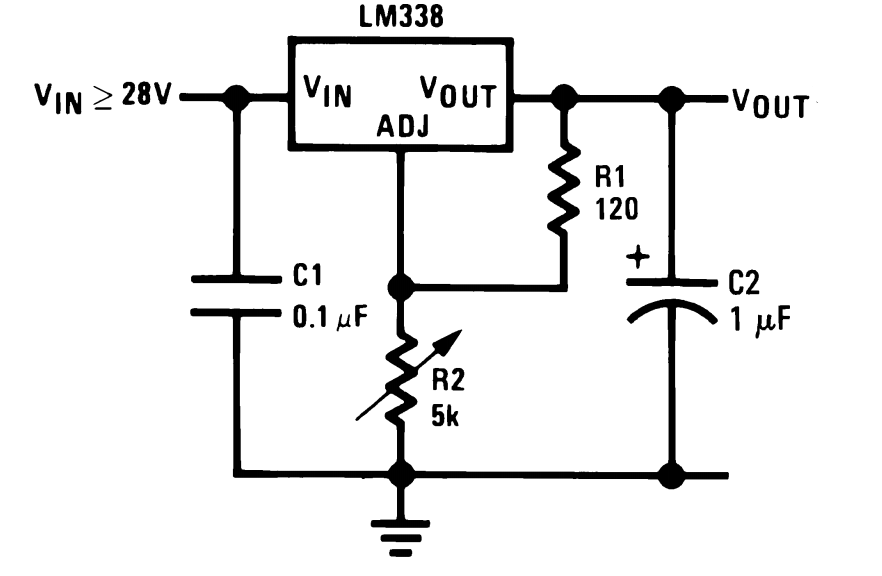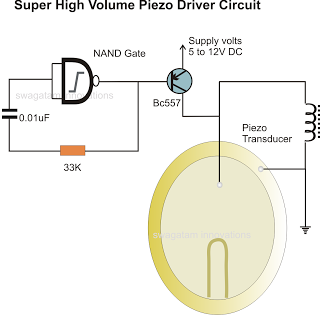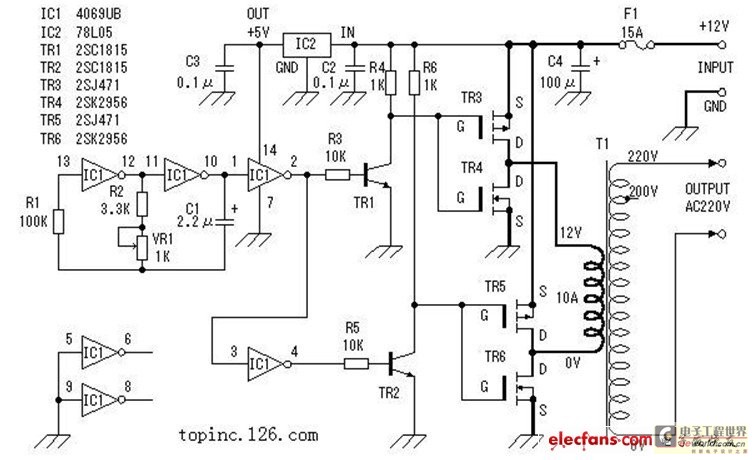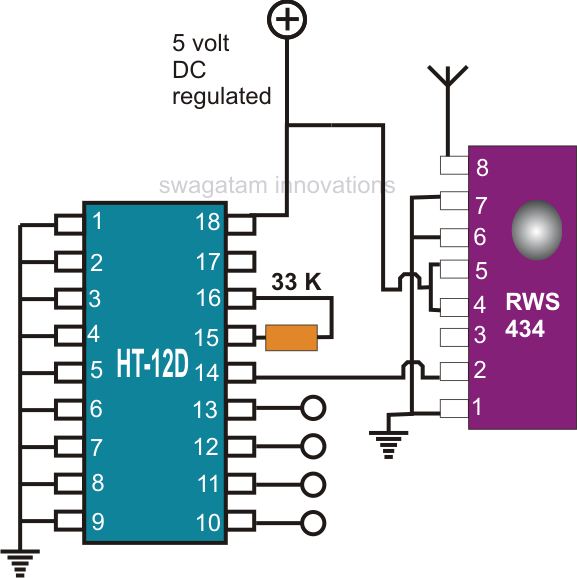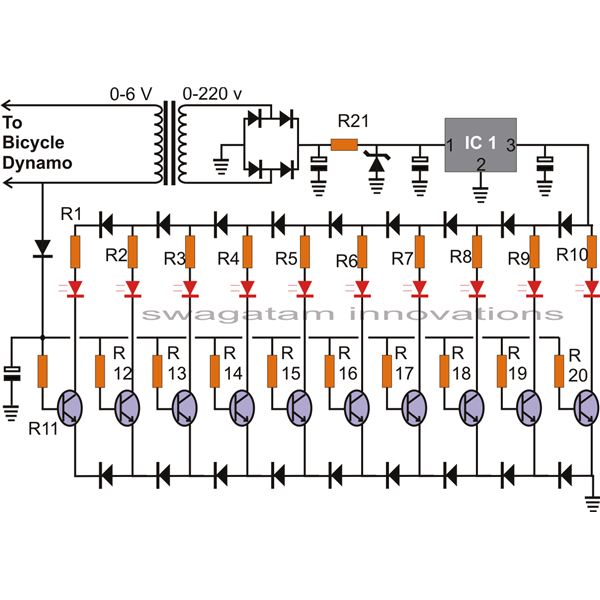
Stanley Meyer Explained
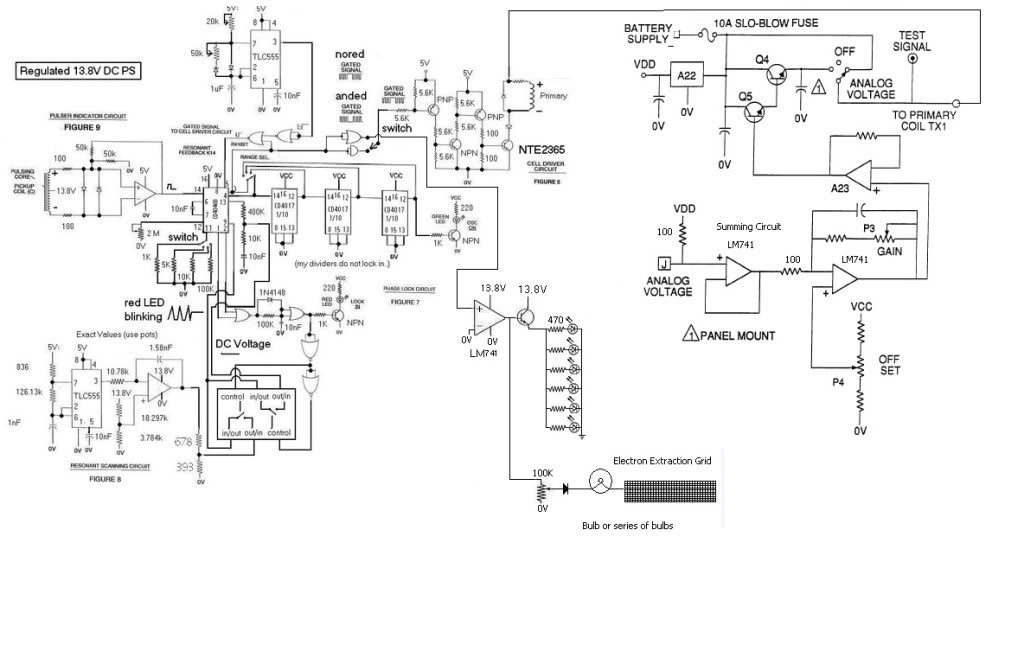
The principle discussed pertains to electromagnetic fields in the WFC, highlighting similarities with other concepts, with only minor differences.
The electromagnetic fields (EM fields) in wireless frequency communication (WFC) are fundamental in understanding how signals propagate and interact with various media. EM fields consist of electric and magnetic components that oscillate perpendicularly to each other and to the direction of wave propagation. These fields are generated by oscillating charges, typically in antennas, which emit radio waves into the surrounding environment.
In the context of WFC, the behavior of EM fields can be analyzed through Maxwell's equations, which describe how electric and magnetic fields are generated and altered by each other and by charges and currents. The principle of superposition applies, allowing for the combination of multiple EM fields from various sources, which is crucial in scenarios involving multiple transmitting and receiving antennas.
The differences that may arise in various applications of EM fields in WFC can include factors such as frequency, wavelength, and the medium through which the waves travel. These factors influence the range, penetration, and overall effectiveness of the communication system. For instance, higher frequency signals tend to have shorter wavelengths, which can result in increased attenuation and reduced range compared to lower frequency signals.
Additionally, the design of antennas and the configuration of the communication system can also impact the characteristics of the EM fields. Antenna gain, polarization, and radiation patterns must be carefully considered to optimize performance and minimize interference in WFC applications. Understanding these principles is essential for the development and implementation of effective wireless communication technologies.You are right - this was what i was talking about in my description of EM fields in the WFC - the principle is the same, the only differance.. 🔗 External reference
The electromagnetic fields (EM fields) in wireless frequency communication (WFC) are fundamental in understanding how signals propagate and interact with various media. EM fields consist of electric and magnetic components that oscillate perpendicularly to each other and to the direction of wave propagation. These fields are generated by oscillating charges, typically in antennas, which emit radio waves into the surrounding environment.
In the context of WFC, the behavior of EM fields can be analyzed through Maxwell's equations, which describe how electric and magnetic fields are generated and altered by each other and by charges and currents. The principle of superposition applies, allowing for the combination of multiple EM fields from various sources, which is crucial in scenarios involving multiple transmitting and receiving antennas.
The differences that may arise in various applications of EM fields in WFC can include factors such as frequency, wavelength, and the medium through which the waves travel. These factors influence the range, penetration, and overall effectiveness of the communication system. For instance, higher frequency signals tend to have shorter wavelengths, which can result in increased attenuation and reduced range compared to lower frequency signals.
Additionally, the design of antennas and the configuration of the communication system can also impact the characteristics of the EM fields. Antenna gain, polarization, and radiation patterns must be carefully considered to optimize performance and minimize interference in WFC applications. Understanding these principles is essential for the development and implementation of effective wireless communication technologies.You are right - this was what i was talking about in my description of EM fields in the WFC - the principle is the same, the only differance.. 🔗 External reference
